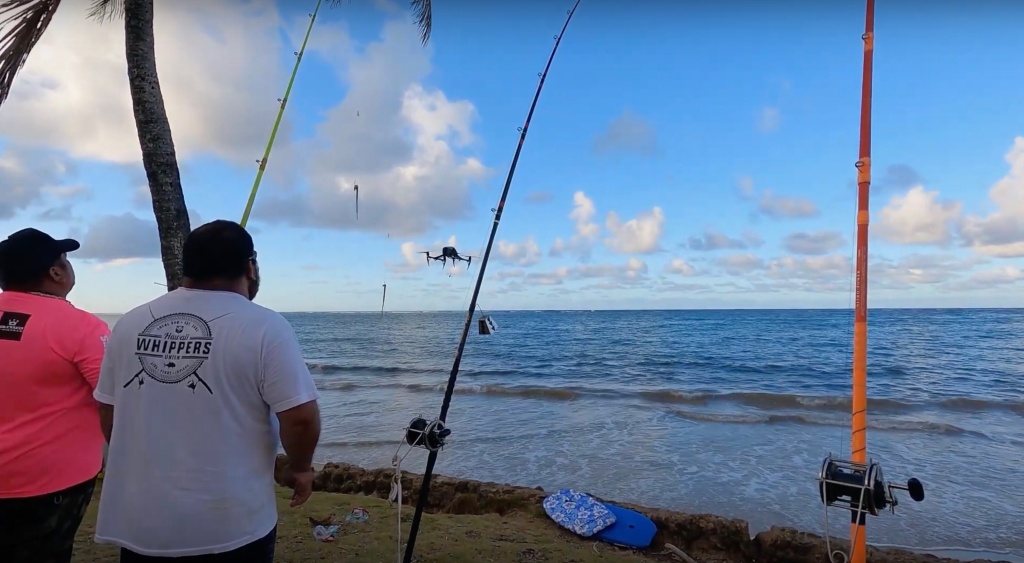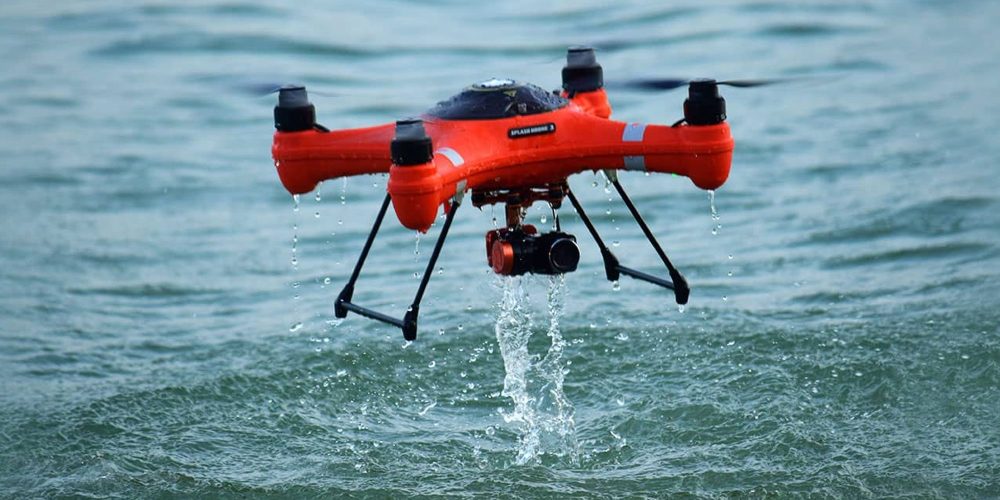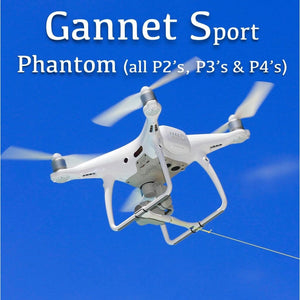
We'll be covering the basics of a drone-fishing rig in this article. We'll also talk about what to watch out for when you choose your drone, the battery life, and the payload. After that, we'll look at some ways to get the most out of your drone. For more tips and tricks, read on. You'll soon have the drone of your dreams! Let's go !... and maybe catch some fish!
Basic drone fishing rig
The first thing you will need to drone fish is a set of hooks. The fishing line should have a doubled length and be either mono or braided. To attach a Cat's Paw Loop or Uni Knot to the line, you should tie it. You will need a sinker that weighs between 2 and 8 ounces as well as hooks to attach to the second section. You will also need to attach the end loop and snap swivel lead loops to your drone.
You can make a fishing drone in many different ways. One basic method involves attaching a hook on the drone's landing gear and spinning the line until it releases. Droppers and drop lines can be used to keep the fishing net below the drone. Droppers are a way to keep the main line from getting caught up in propellers. A dock and battery pack can also be added to the fishing drones.
Once you have the basic drone fisherman rig purchased, you will need additional equipment. You will need a 700-meter fishing line and a bait dropper device. These are optional but can make your drone fishing experience even more enjoyable. A good drone will allow you to see more of your surroundings and be able spot fish much easier.

Payload on drone fishing rig
Be aware of safety precautions if you want to catch fish by drone. Strong winds and rain are not safe conditions for your drone to fly. Here are some guidelines to follow:
First, ensure that the drone has enough weight to support its weight. You can't load it with heavy lures, braided or heavy line. It may also blow off its course if you are fishing along the coast. It's also important to check local regulations and laws, as some may not allow fishing from a drone. You need to ensure that your drone is strong enough to carry you when you go fishing.
Next, determine the accessories that you'll need for your drone. To minimize the problems of weight distribution, it's a good rule to use a rigging that has a central connection point. The motor struts and landing gear are the best points for attachment. Payloads attached to the camera and/or gimbal can cause damage. The easiest solution is to tie some fishing line along the length from one corner to another. You can secure it with tape to stop it from coming off.
Battery life for drone fishing gear
Before you go fishing with the drone, check that the batteries are charged and all other equipment is working properly. This will help you keep the drone from running out of battery life and allowing you to focus on fishing instead of recharging. Some drones have solar panels or car batteries that allow you to charge them. You should start with fully charged batteries. This will ensure your drone is ready for flight as soon as your reach your fishing spot.

The drone's flight time is another important aspect to consider. While some models are faster than others, a drone that can fly for just twenty-two minutes will suffice. This is great if the drone can fly for hours on the water. You should also be aware that drones with low endurance are inoperable, making it difficult to catch fish.
After setting up your fishing rod, attach the fishing clip to the drone's legs or motor struts. Then, attach the bait to the fishing line. Make sure that you lock your reel before you fly your drone. Once you are ready, unlock it. As the drone drops the bait into the water, the tension will increase. You should charge the battery every time you use it, otherwise it might not function properly.
FAQ
What kind batteries does a drone need?
The majority of drones use lithium-ion cells. A typical drone uses between 3 and 6 volts.
What are the laws around flying drones?
The Federal Aviation Administration (FAA), which regulates all aspects drone operations in the United States of America, is responsible for them. A certificate issued by the FAA is required to commercially operate a drone. First, you need to take a course about piloting and pass an exam. You will then need to pay an agency fee.
Can I fly my drone within my local park
Yes, drones are allowed to fly in parks across the globe. Due to safety concerns, certain countries don't allow you to fly drones in parks. Take a look at our list of legal places to fly drones for entertainment.
Can I fly my drone indoors
Yes, you can fly your drone indoors. You just have to ensure no obstacles or hazards inside your home. You should not fly near windows, doors or heating vents.
Statistics
- According to ZipRecruiter, the minimum hourly wage of drone pilots is $20. (thedroneu.com)
- According to Indeed, a drone pilot gets paid $25.73 per hour on average in the US. (dronesgator.com)
- According to the multiple listing service (MLS), houses and apartments with drone photographs are up to 68 percent more likely to sell than those without pictures. (thedroneu.com)
External Links
How To
Repairing a damaged motor on a drone
It is important to first identify which motor part is damaged before you can repair it. It is easy to do this by removing the propeller shaft from the motor shaft. Then, you need to remove any wires connected to the motor and inspect its inner workings. If there is something wrong with the motor, you will know which part you need to repair.
If there are no damages to the motor you don't have too much to worry about. However, if your motor looks anything like these images, then you will need some parts replaced before you can fly.
Consider a motor that has become bent and won't turn. The motor must be bent again. To hold the motor in place, you can use a pair or vice grips. After you're done, check your motor for signs of wear.
Once you're satisfied that everything's ok, put the propeller back onto the motor shaft and reattach the wires. Your drone is now ready to fly!